With over three decades worth of satirical portrayals of American life and culture, The Simpsons continues to be one of the most iconic animated series ever made. Fans of the show are likely familiar with the critiques it has received, with most agreeing that the series’ quality has steadily declined over the years.
The first ten seasons are often considered the golden age of the series, while the “middle Simpsons” or seasons 11 to 20 are already past the era of the “classic Simpsons.” That said, these seasons are far from the worst and still have a few standouts that remind fans why the sitcom is so successful.

The non-canon episode “Behind the Laughter” is one of the most underrated episodes of The Simpsons. Audiences familiar with the VH1 biographic show Behind the Music will immediately get the reference.
The episode brilliantly uses a mockumentary format to follow the family around the “sets” while interviewing them about their newfound fame and success because of the show. It portrays Homer’s addiction to prescription painkillers, Bart’s struggle with rehab, Marge’s attempt at a new career, and Lisa’s new book about all the behind-the-scenes drama. It could very well be a metacommentary on what it’s like to keep the successful sitcom running and is an entertaining look at each character’s “real” personality outside of the show.
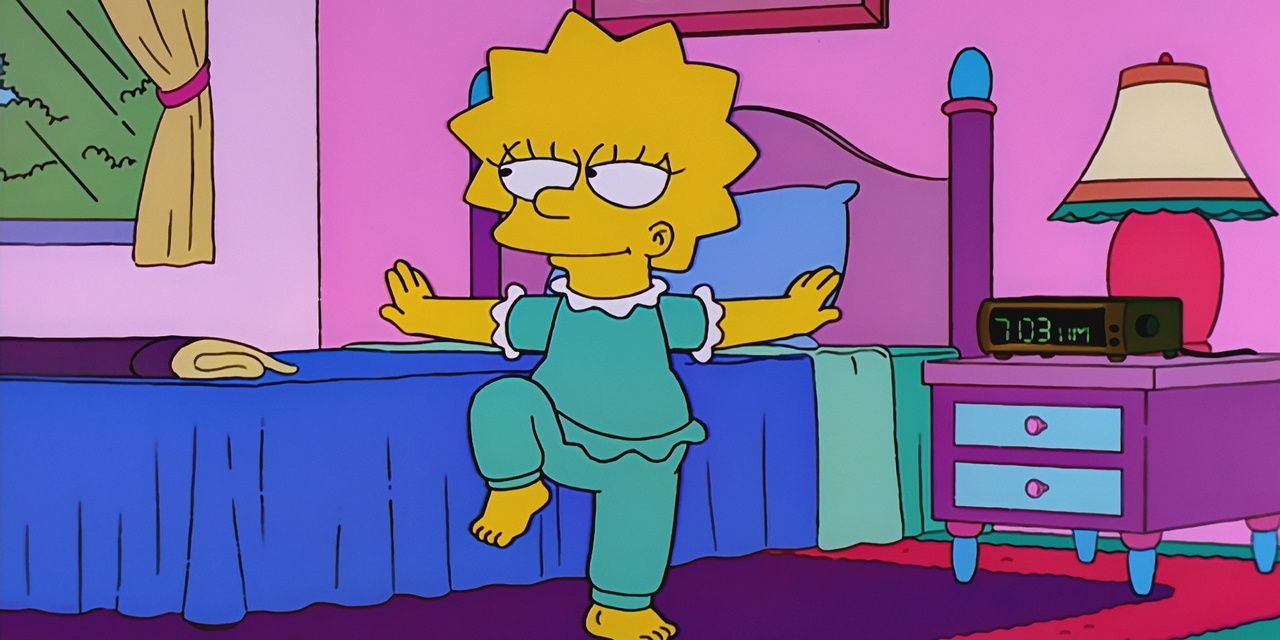
“Trilogy of Error” highlights how creative the show can still be, despite having almost 300 episodes by the time of its airing. It masterfully weaves together three seemingly separate storylines that all converge towards the end.
The first story focuses on Homer’s kitchen mishap that causes him to lose a thumb, which means Marge has to rush him to the hospital. The second one follows Lisa’s mad dash to the science fair after missing the school bus. The third and most outrageous plot revolves around Bart and Milhouse’s dangerous antics when they discover Fat Tony’s stash of illegal fireworks.
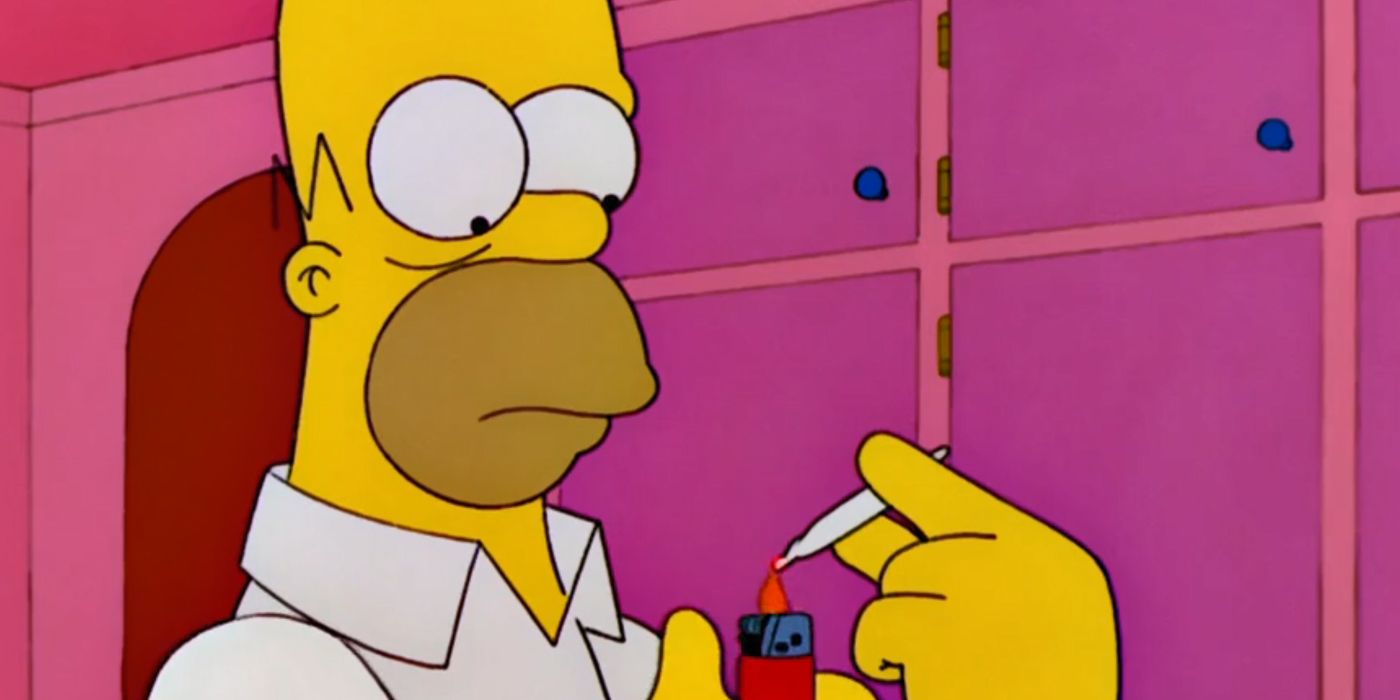
The Simpsons is known for its unapologetic and often controversial satirical depictions of real-life issues. Their smart take on the debates about medical marijuana is best seen in the episode “Weekend at Burnsie’s.” It makes fun of the perceived dangers associated with cannabis and highlights how those who use it are mostly harmless people just trying to relieve their pain or relax.
After Homer suffers from a horrific accident involving a“murder of crows,” he’s prescribed medical marijuana along with a “prescription bong” that he’s initially hesitant to use. He’s had bad experiences with authorities back when marijuana was still illegal in Springfield, after all. However, Homer has a phenomenal experience when he does start toking, quickly turning into a stereotypical marijuana user.
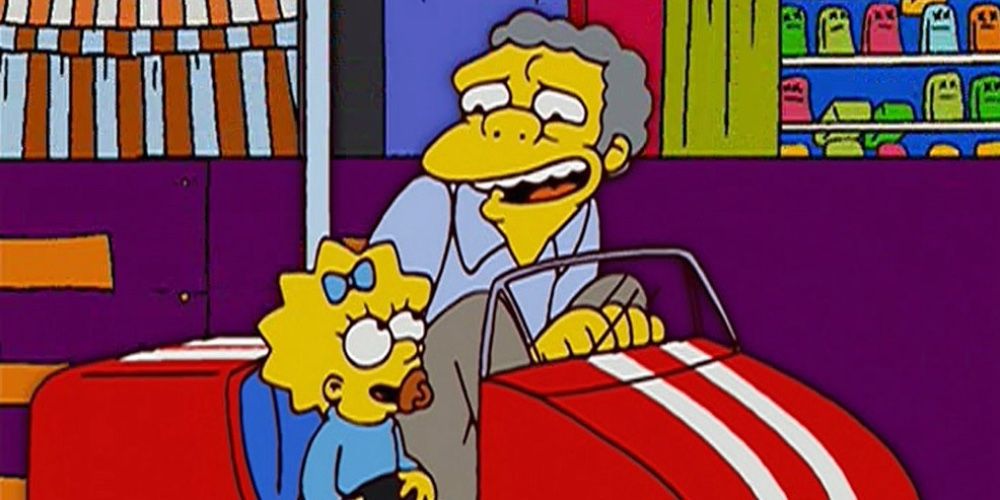
“Moe Baby Blues” is one of the best Moe episodes in The Simpsons. When Moe feels rejected by the townspeople, he decides to take his own life. But he happens to be in the right place at the right time because Maggie lands in his arms at the last second, which unintentionally turns Moe into a hero.
Moe finds meaning in his life through taking care of Maggie but takes it too far and gets banned by the family. They turn to Moe for help when Maggie is kidnapped, though, and he bravely stops an “Italian-American Mexican standoff” to save her. Moe’s relationship with Maggie is definitely one of the best on the show and the way she unwittingly saves the depressed bartender’s life multiple times is surprisingly moving.
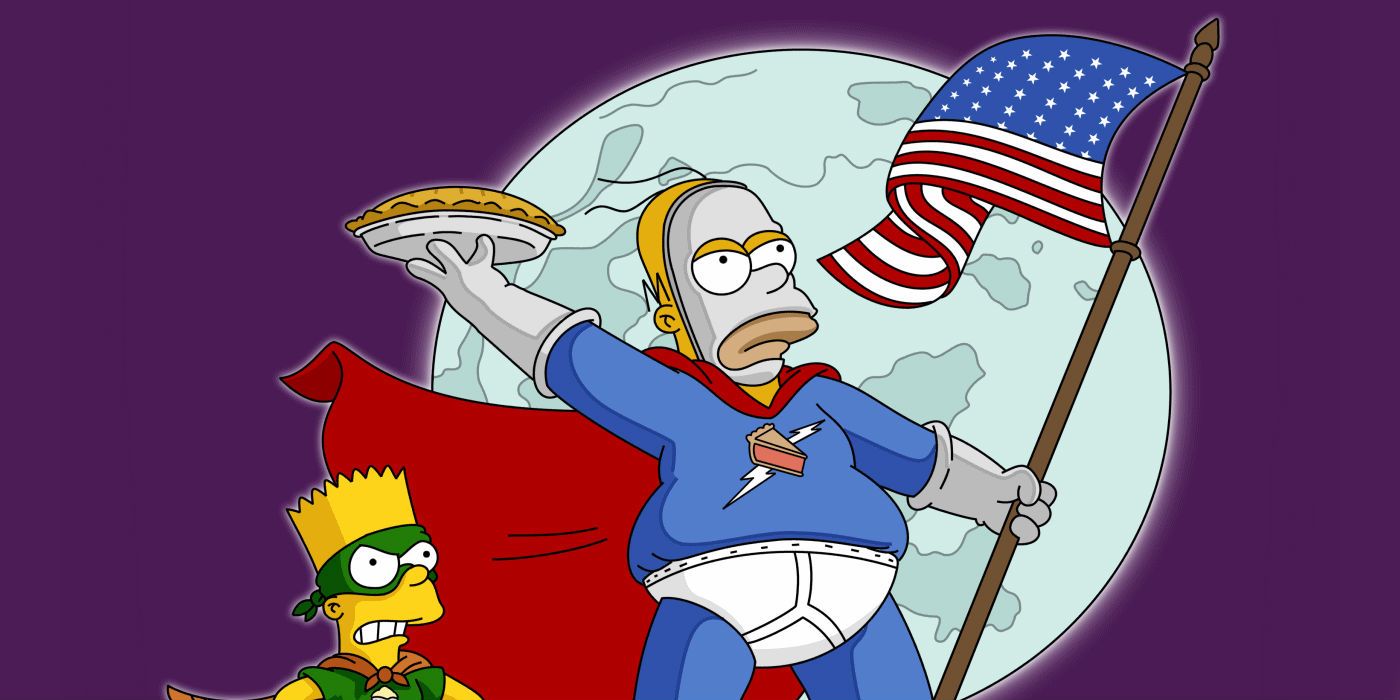
Homer is far from a perfect parent, but in “Simple Simpson,” he at least shows how much he’s willing to risk to help his kids. His misadventures as “the Pie Man” start at the county fair where Lisa is driven to tears by the Rich Texan. This enrages Homer who, not wanting to get caught by Chief Wiggum, disguises himself before throwing a pie onto The Rich Texan’s face.
It becomes a slippery slope for Homer, who can’t help but use his new identity to help others. Bart even joins him in the end as the Cupcake Kid, although his only mission is to clean the gutters as per Marge’s orders. It’s a wacky and hilarious episode from start to finish.
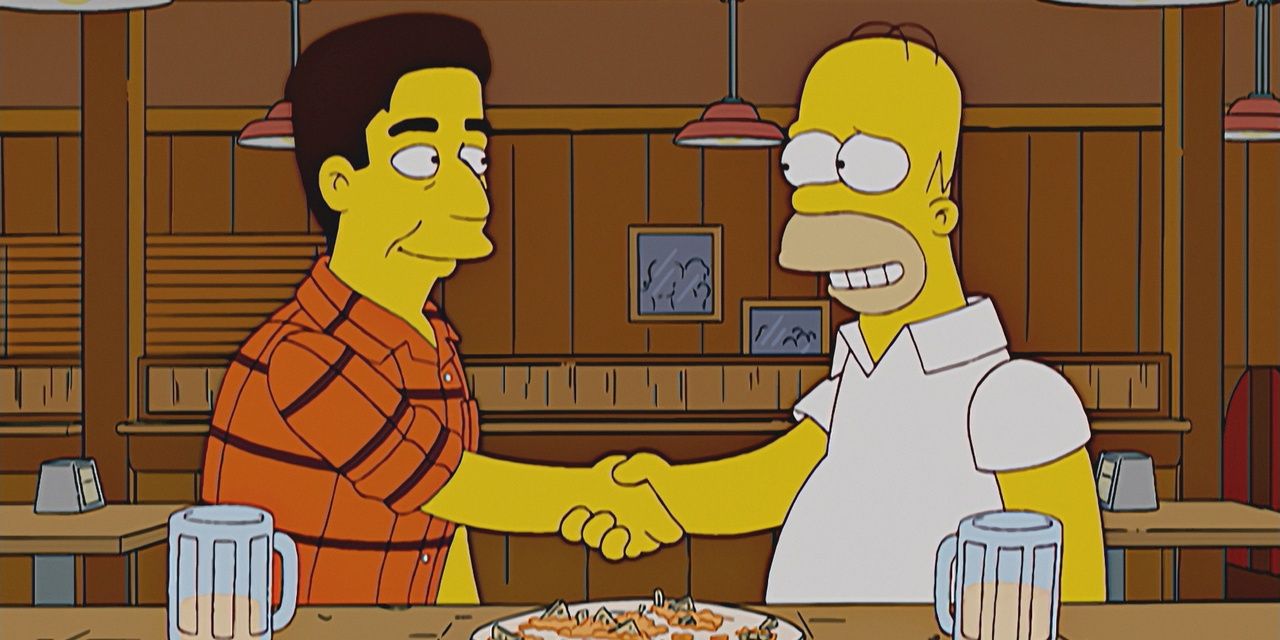
A leak in the Simpsons’ roof sparks a wild story in “Don’t Fear the Roofer,” which starts when Homer experiences an unfortunate chain of events that includes him getting kicked out of Moe’s Tavern. He meets a new friend called Ray and they get along instantly.
Ray offers to fix the leak in Homer’s home, and all seems to be going well between them, up until everyone realizes Ray may not be a real person. The family sends Homer to a psychiatric hospital where he goes through electric shock treatment. None of this was necessary, though, as there are logical explanations for everyone mistaking Ray for a nonexistent character. It’s a gut-busting parody of movies with similar plot twists like Fight Club — only this time Ray turns out to be real.
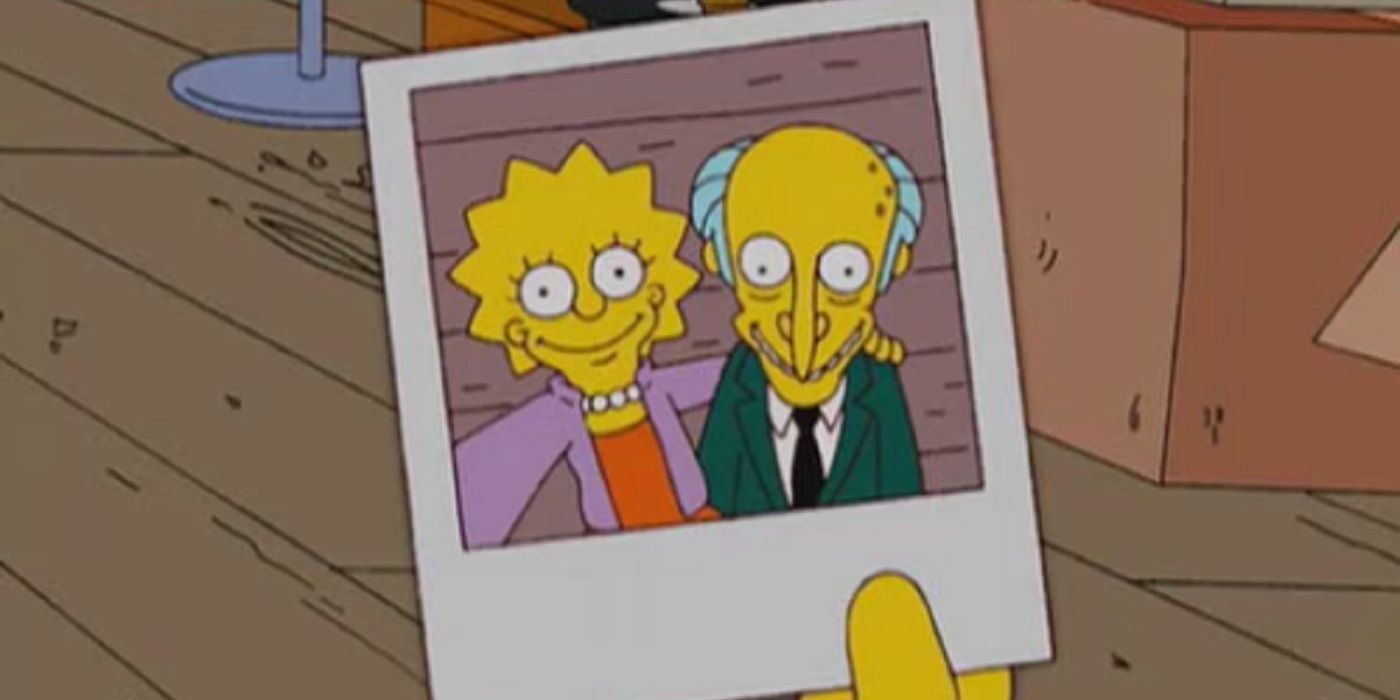
“The Seemingly Never-Ending Story” is one of the best anthology episodes in The Simpsons. It underscores the sitcom creators’ abilities to write complex narratives told from different characters’ perspectives before bringing them all together to create one cohesive story.
The episode is anchored on Homer’s funny predicament when he finds himself helplessly stuck in a cave. Fans learn about Lisa’s experience being chased by a ram and ending up in Mr. Burns' attic. There’s also a deep dive into Mr. Burns’ fascinating past with The Rich Texan. It ends with Moe’s story about how he met the perfect woman. These are only a few of the tall tales that are told over the course of the episode, with each one being more gripping than the last.
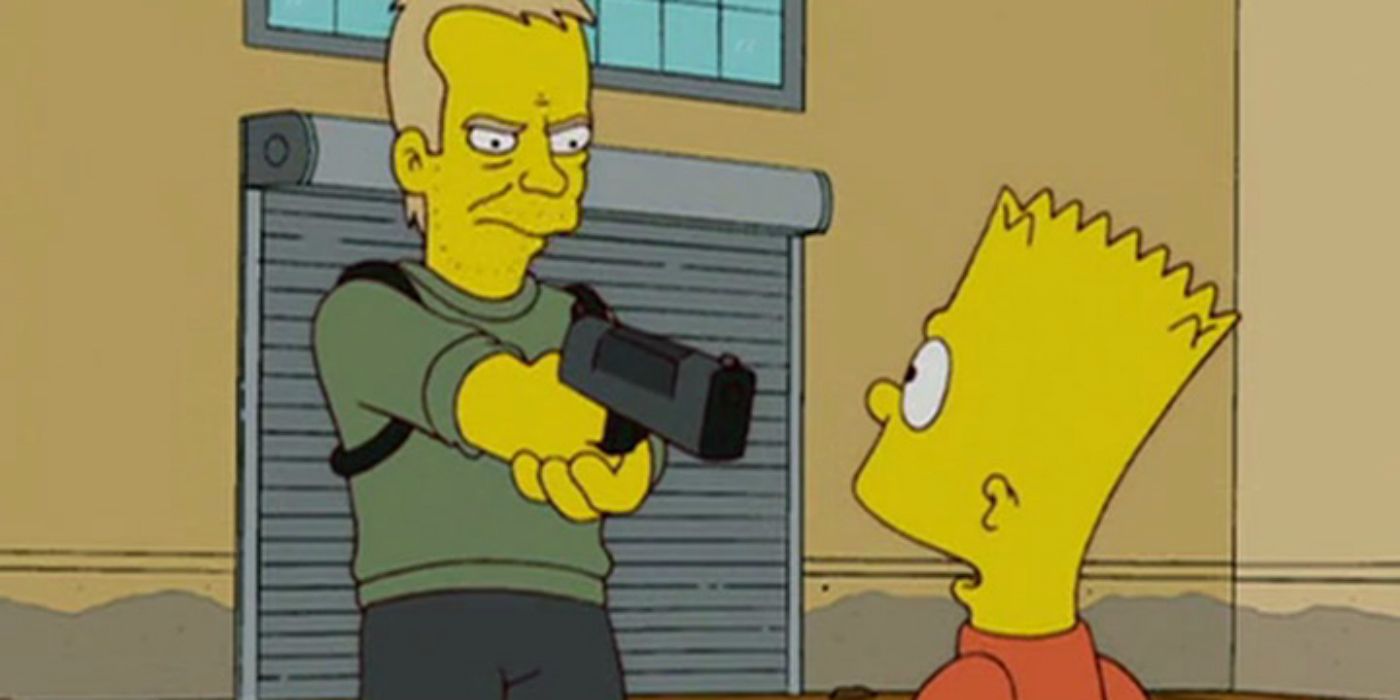
There’s no shortage of parodies of popular TV shows on The Simpsons and the episode “24 Minutes” is among the best. It makes fun of the fictional Counter Terrorist Unit (CTU) popularized by the FOX series, 24.
The CTU is established by Principal Skinner when he realizes it could be an effective way of finding and stopping disobedient children. Chaos ensues when the kids play along with the idea, with a group of bullies planning a “terrorist attack” using bottled farts. Lisa scrambles to unravel their plan and stop the attack, while a mole attempts to disrupt both sides. It’s a fast-paced and highly entertaining episode that emphasizes the ridiculous twists and turns often seen in tense shows like the one it parodies.
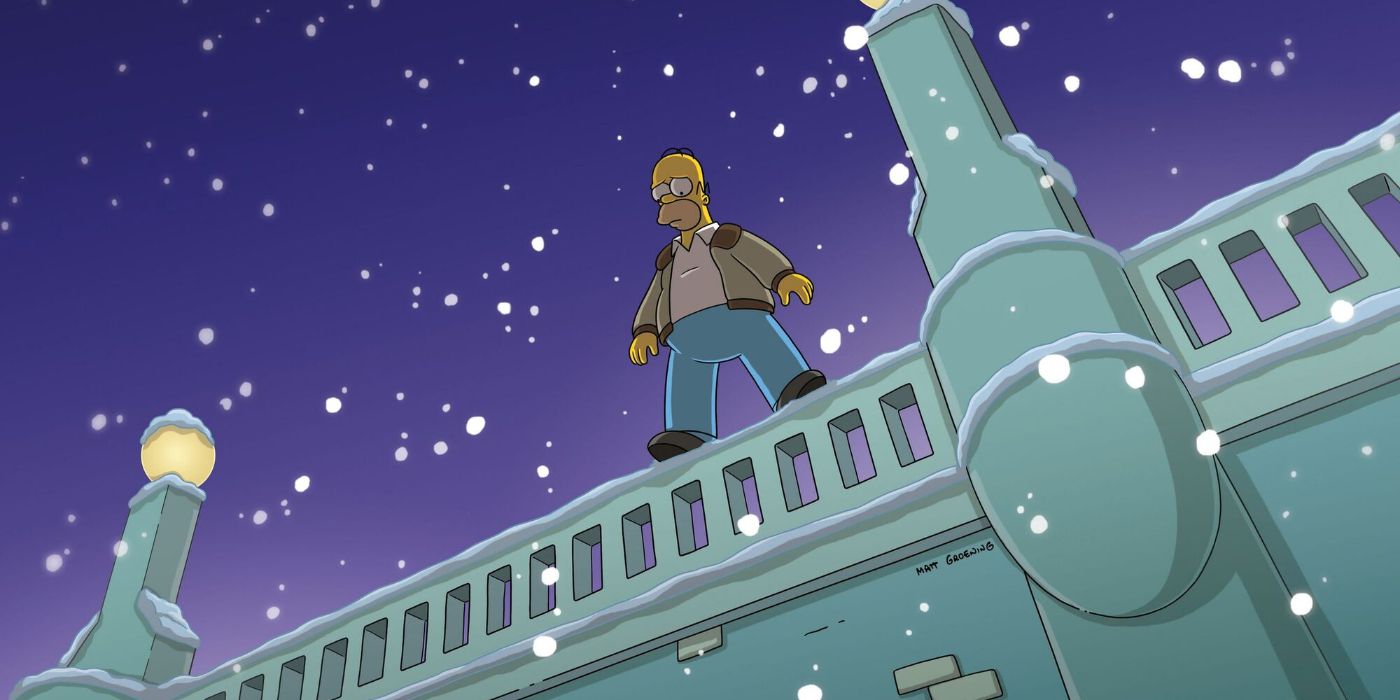
The episode “Eternal Moonshine of the Simpson Mind” is inspired by the memory-wiping technology from Eternal Sunshine of the Spotless Mind. It only takes Moe’s “Forget-Me-Shot” to erase the past 24 hours from Homer’s memory, which prompts him to investigate what bits and pieces he does remember.
Homer is horrified by every new detail he uncovers, as he starts to believe that he found Marge cheating with Duffman. This is far from the truth, however, as a flashback reveals they were actually planning a surprise party for him. It’s a well-written episode that keeps audiences guessing with each new piece of key information. As an added bonus, the poignant ending is a satisfying one that highlights Homer and Marge’s love for each other.
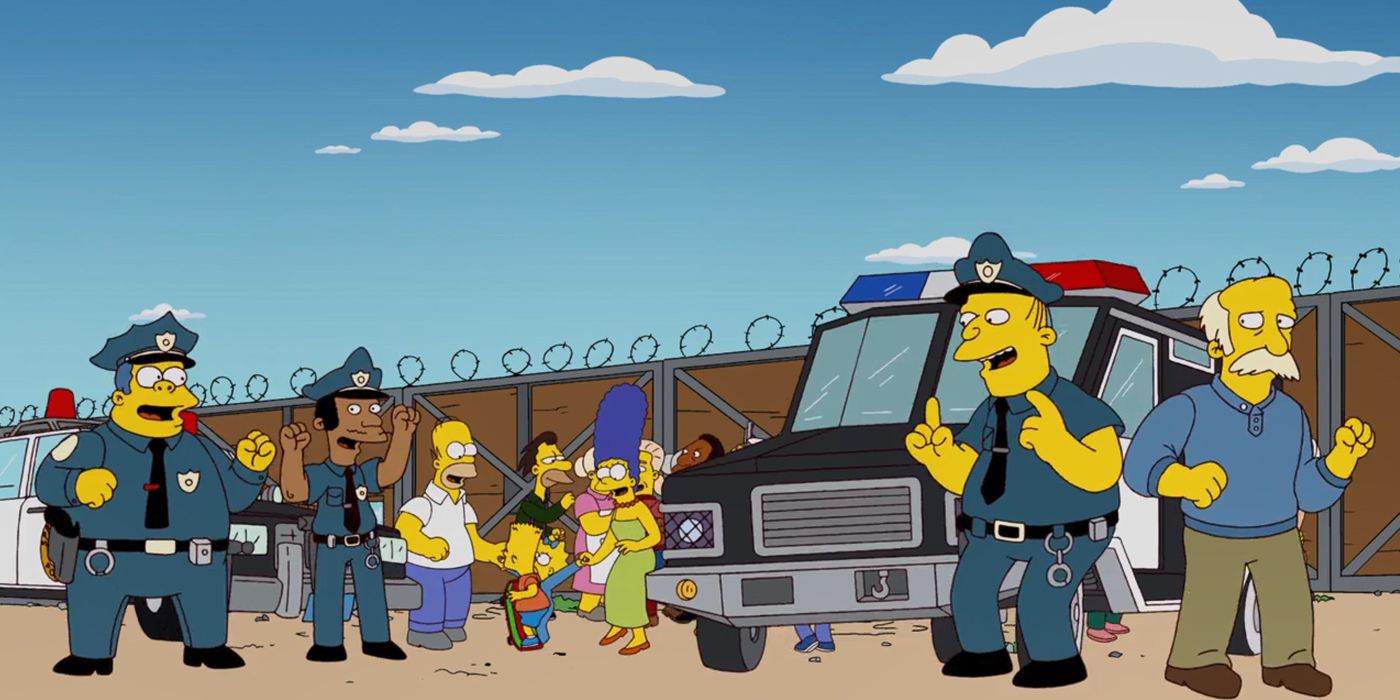
“Coming to Homerica” is yet another example of how The Simpsons doesn’t shy away from tackling controversial topics. It revolves around the conflict between the Ogdenvillians and Springfieldians after Homer’s town is flooded by new residents looking for work.
There’s a hilarious moment when the townspeople of Springfield decide to build a wall and hire the Ogdenville residents to help them do it. They realize in the end that they’re more alike than they initially thought and that it’s better to get along than discriminate over baseless accusations. The episode is a powerful political commentary about racism and immigration that fans won’t soon forget.
from ScreenRant - Feed https://ift.tt/3c2Xkxe


0 Comments